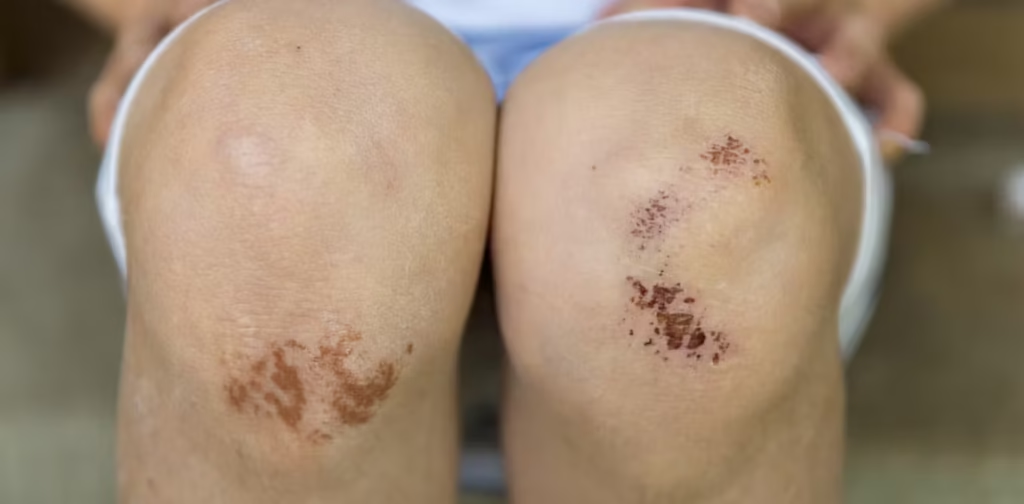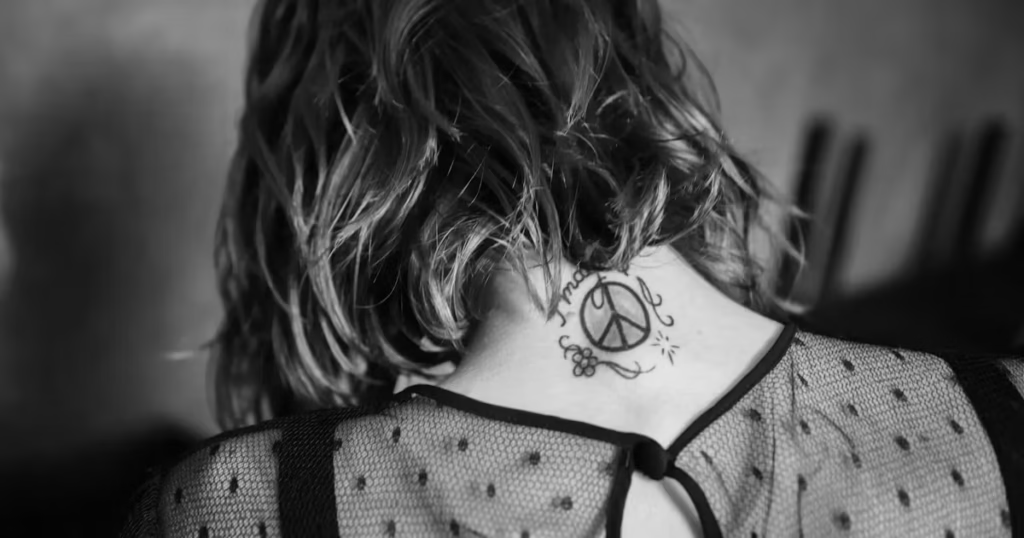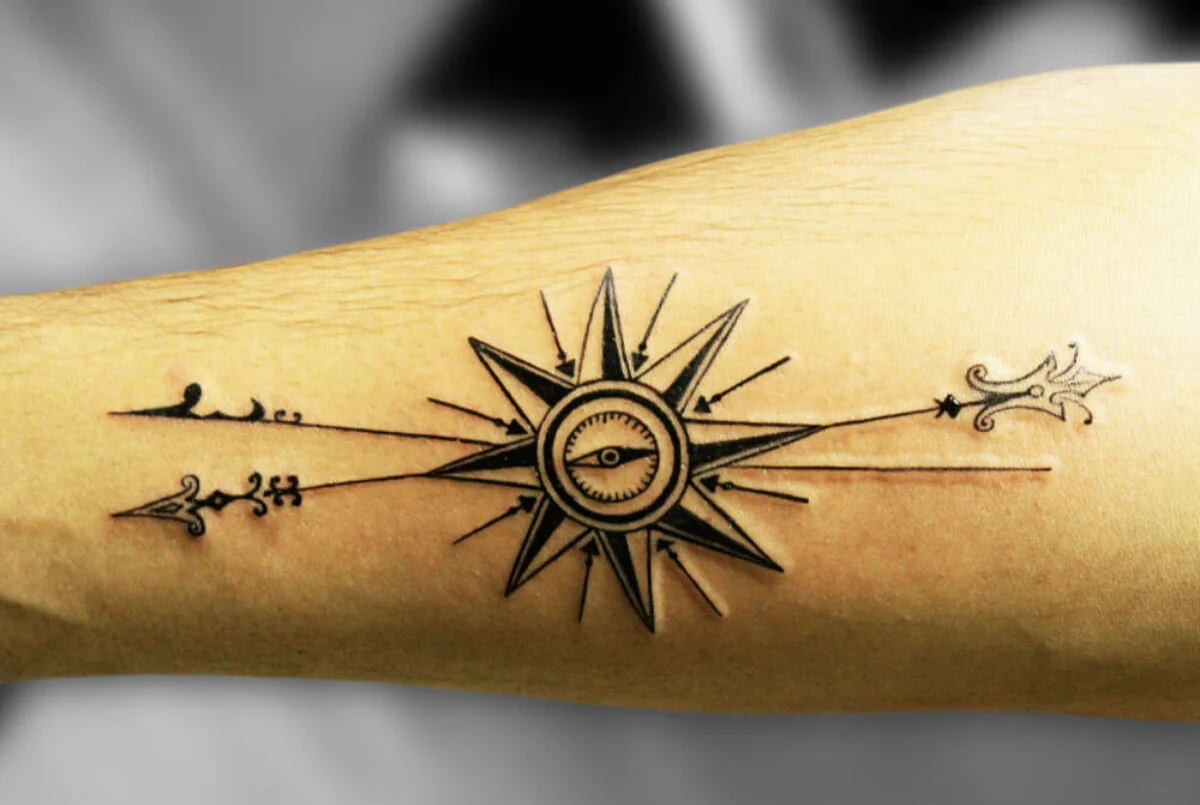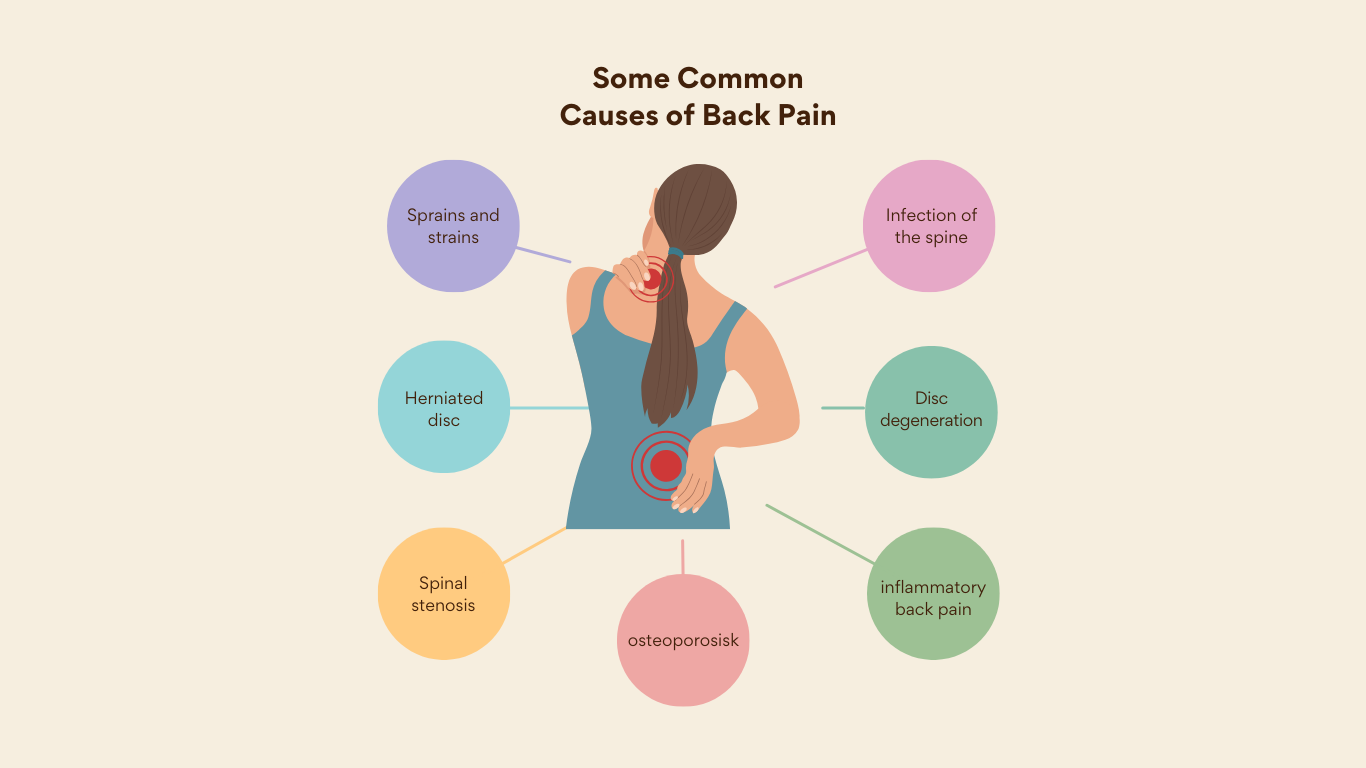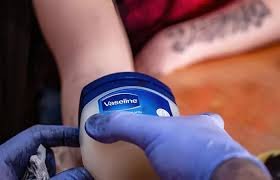The tattoo healing process isn’t a quick fix—it’s a journey. While the surface may heal in 2 to 3 weeks, deeper layers of skin can take up to 6 months to fully recover. At first, expect initial oozing, redness, and a bit of swelling as your tattooed area forms scabs. Then comes the annoying (but normal) itching and flaking phase, where your skin peels like a sunburn. Finally, the ink settles, sometimes looking slightly cloudy before it fades into its true form.
Proper aftercare is non-negotiable. Clean your tattoo gently with mild soap and lukewarm water, then moisturize with a tattoo-specific ointment to keep it hydrated. Avoid sun exposure—direct sunlight can cause fading and damage. Resist the urge to scratch (no matter how bad it itches!) to prevent infection and scarring. Wear loose clothing so fabric doesn’t rub against and irritate the fresh ink. And always follow your artist’s instructions—they know best.
How long does it take for a tattoo to heal?
Most people think their tattoo is healed when the outer layer of skin looks normal—usually within 2 to 3 weeks. But what you see is just the part that’s recovered. Below the surface, your skin takes longer to truly heal, sometimes up to 6 months, especially for larger tattoos or those with more ink colors.
The process isn’t the same for everyone—time depends on your skin’s specific reactions, aftercare habits, and even the size of the tattoo. Picking at scabs, not moisturizing, or using lotion with alcohol can slow things down. I’ve seen clients get tempted to skip SPF, only to deal with prolonged healing and inflammation later. And yes, those needles prick deeper than you think—larger areas of color often mean a longer recovery. Some people experience allergic reactions or even infection, pushing the stage from weeks to months.
Tattoo healing stages
“Your fresh tattoo is basically an open wound where tiny needles deposit ink through the epidermis into the upper dermis – while the top layer may look completely healed in a few weeks, different skin layers continue healing underneath for months, requiring slightly changing care through four distinct stages.”
Stage 1: Inflammation and Oozing
Right after getting inked, your body reacts to the skin trauma by sending blood to the tattooed area, causing redness, swelling, and that warm/sore feeling. This immune response helps jumpstart healing, but it also means you’ll notice clear fluid (a mix of plasma and ink) weeping from the tattoo for the first few days. While this oozing might look alarming, it’s completely normal—your skin is just responding to the injury. Keep the area clean and dry as directed, and resist the urge to pick at any scabs that form, as this can cause scarring and damage your design.
During these first 6 days, your new tattoo will go from being bandaged (for the first few hours) to an open wound that may feel slightly inflamed or tender to the touch. The redness and swollen appearance should start to fade after about a week, though some slight inflammation might linger for two weeks. You might also notice the area looking dull or cloudy as new skin starts to form—this is when excess ink and plasma may still ooze slightly. Remember, healing takes time, so do not panic if things still look red after three days; proper care now prevents problems later.
Stage 2: Itching
When your tattoo starts to heal, the wounds often feel itchy—just like any other healing skin. This itching usually kicks in during the first or second week, and while it’s annoying, it’s a natural part of the process. You might notice your skin begins to flake, and flaky patches appear. Whatever you do, do not scratch! Picking at scabs or peeling flaking skin can pull out ink, leaving patchy spots. Instead, use a moisturizer recommended by your artist or doctor to keep the area hydrated and ease discomfort.
If the itch comes with hives, rash, or red, swollen skin beyond normal healing, these could be signs of an allergic reaction. At this point, seek advice from a professional—it might be irritation or even the start of an infection. Remember, the U.S. Food and Drug Administration emphasizes safety and proper aftercare, so think before you ink! The good news? This stage usually goes away after two weeks, and your tattoo will remain intact even if it looks like some ink is coming off.
Stage 3: Peeling
Around five days after getting inked, you’ll notice your tattoo entering the peeling stage. This is when flakey skin starts to slough off, and you might develop thin scabs that peel away. While it looks alarming—like your actual ink is coming off—this is just dead skin shedding. As a tattoo artist, I always remind clients: peeling means your healing is progressing! Let it happen naturally—avoid the urge to pick at dry patches, as this can pull out ink and cause scarring.
During this phase (which typically lasts two to three weeks), your tattoo may appear less vibrant under a layer of flaky skin. Don’t worry—this is expected. Just keep the area hydrated with a moisturizer recommended by your artist. If redness persists or the skin feels irritated, it could be an early sign of infection. Seek advice from your doctor if concerned. Remember, the U.S. Food and Drug Administration stresses safety—so resist scratching and think before you mess with fresh ink!
Stage 4: Skin Remodeling
After two to four weeks, your tattoo will appear healed on the surface – no more red, itchy, or flakey skin. But here’s what most people don’t see: underneath your tattooed skin, the dermis is still recovering. During this remodeling phase, your body creates new cells to heal and strengthen the wounded area.
By this point, any itching and redness should have subsided, and your tattoo may look fully healed. But smart aftercare means you should continue proper long-term care: staying hydrated, wearing SPF or sun-protective clothing, and keeping your tattoo clean. Trust me, I’ve seen too many beautiful tattoos fade because people skipped these simple steps!
How to reduce healing time
“Proper aftercare helps your tattoo heal properly – while everyone wants quick healing, the reality is this wound needs time and care to speed up the process, prevent infection, and do things right.”
Cover tattoo with clothing
Fresh tattoos are especially sensitive to sunlight, which can cause them to fade quickly – always cover them with loose clothes like long sleeves or pants when out in the sun, and do not apply sunscreen until they’re fully healed.
Don’t re-bandage after you take off the initial dressing
Once you remove the original bandage (usually clear plastic or surgical wrap applied by your artist), it’s best not to cover your tattoo again – wrapping creates extra moisture and a lack of oxygen, which can cause scabbing and slow healing. However, if you use breathable bandages, you may reapply them between cleansing and ointment application during the first week, but only for a few hours after tattooing, depending on the type of covering used.
Clean daily
Before touching your fresh ink, make sure your hands are thoroughly clean using antibacterial soap – then gently splash lukewarm (never hot) sterile water onto the tattoo, follow with fragrance-free alcohol-free soap, and either let it air dry or pat dry with a clean paper towel at least two three times a day.
Apply ointment
In the first few days, your artist will likely advise using a thin layer of antibiotic ointment (with vitamins A and D) two to three times a day—this keeps infection away while letting your tattoo heal. After, switch to a lighter, fragrance-free moisturizer (or pure coconut oil) to keep it hydrated without clogging pores. Avoid petroleum-based products (like Vaseline)—they fade ink and block air, which your tattoo needs to heal properly.
Don’t scratch or pick
The healing process is delicate—picking or scratching at the scab can delay recovery, ruin the integrity of your tattoo, and even cause scarring. I’ve seen clients who couldn’t resist itching, and their ink ended up patchy. Even drying with rough washcloths or towels can remove healing layers, while friction from wearing tight pants or shirts can irritate the skin, making things worse.
Avoid scented products
It’s crucial to avoid scented lotions, soaps, and even haircare products—depending on where your tattoo is located, you should switch to unscented shampoo, conditioner, and bodywears since fragrances in these products can cause a bad reaction when they contact your healing ink.
Keep your tattoo out of the sun
For the first four weeks, strictly avoid tanning beds and direct sunlight – I’ve seen fresh ink get ruined by sunburn when clients didn’t listen, as UV light dramatically affects healing time (once your tattoo heals, always apply sunscreen to protect your art).
Gently wash your tattoo but avoid other water
For the first one to two weeks, wash your tattoo with warm water and fragrance-free cleanser up to three times a day, but never submerge your healing art in hot baths, long showers, hot tubs, lakes, oceans, or swimming pools – trust me, I’ve seen what happens when people ignore this advice.
Don’t get it too wet
While it’s okay for your new tattoo to get wet in the shower, you must avoid submerging or soaking it in bath water, and definitely don’t swim for the first 2 weeks – I can’t stress this enough after seeing too many clients learn this the hard way.
Signs your tattoo isn’t healing properly
“While temporary redness, oozing, flaking and soreness are typical signs of tattoo healing, it’s important to know when these symptoms indicate improper healing – if you develop infection, allergic reaction or persistent issues, your tattoo may not be healing correctly and could become infected.”
Fever or chills
If your new tattoo causes flu-like symptoms like fever, it could indicate an infected wound or allergic reactions – don’t wait, see a doctor right away as these infections can quickly worsen.
Prolonged redness
It’s normal for all tattoos to stay somewhat red for a few days after the procedure, but if the redness doesn’t subside, it’s a clear sign your tattoo isn’t healing well – I’ve seen cases where ignoring this led to serious complications.
Oozing fluid
If fluid or pus keeps coming out of your tattoo after 2-3 days, don’t ignore it – this often means it’s infected and you should see a doctor immediately. I’ve treated many clients who waited too long, turning a simple issue into a serious problem.
Swollen, puffy skin
While it’s normal for your new tattoo to stay slightly raised for a few days, the surrounding skin shouldn’t become puffy – if it does, this could indicate you’re having an allergic reaction to the ink and should get it checked.
Severe itching or hives
If your tattoo becomes intensely itchy, it could be a sign your body is having an allergic reaction to the ink – these reactions might happen right after getting inked or even several years after, showing how unpredictable tattoo allergies can be.
Scarring
While your tattoo will naturally scab as it heals (remember, it’s essentially a wound), a properly healed tattoo shouldn’t scar – watch for signs like raised, puffy skin, lingering redness that doesn’t fade, distorted colors, or pitted areas, as these indicate problematic scarring rather than normal healing.
When to Contact a Healthcare Provider
- Contact your healthcare provider ASAP if you notice signs like fever, chills, painful bumps, or a spreading rash – these often indicate tattoo infection which can occur immediately or months after getting tattooed, and waiting to seek help may cause severe damage to both your tattoo and health
- Allergic reactions (common with red ink) may appear days or months later, showing as intense swelling, hives, or rash – they’re trickier to treat since ink is permanent, and severe cases with racing heart or shortness of breath demand medical attention immediately
- Unhygienic tattoo practices using non-sterile needles or contaminated ink (even sealed ones) may introduce bacteria or mold, leading to serious infections that could require antibiotics or even hospitalization – I’ve seen worse-case scenarios where clients needed antiretroviral treatment post-HIV exposure
FAQS
What are the stages of a tattoo healing?
Your tattoo healing journey progresses through three main stages: First comes the initial inflammation phase (days 1-3) when your skin stays red, swollen, and might ooze fluid – completely normal but messy.
Then enters the visible recovery stage (days 4-14) where itching and peeling occur as your skin heals itself – resist scratching no matter what!
Finally, the invisible recovery (days 15-30) makes your tattoo appear fully healed on the surface, but here’s what most don’t realize: those deeper layers continue to heal for several months underneath.
How to tell if a tattoo is healing well?
Your tattoo is healing well if the initial redness and oozing subside within the first week, the surrounding skin isn’t inflamed, and there’s no persistent pain or pus – these are all good signs.
Normal healing involves some scabbing, mild itchiness, and peeling, but these should not be excessive or accompanied by other concerning symptoms that might indicate problems.
How healed is a tattoo after 3 days?
By day 3, your tattoo will start to look different as the healing kicks in – expect some peeling similar to sunburn that typically occurs between 3-5 days after getting your artwork.
This is when your tattoo might begin to itch intensely, but it’s important to avoid picking at scabs or scratching the area, no matter how tempting it feels.
What should you not do after a tattoo?
Right after getting your new tattoo, it’s crucial to avoid certain activities to ensure proper healing and prevent complications – this means don’t pick, scratch, or peel at it, no matter how tempting.
Keep your tattoo protected – avoid exposing it to direct sunlight, wear tight clothing over it, or take a swim during the healing phase.
Also steer clear of harsh chemicals and alcohol-based products that could irritate your fresh ink and disrupt the healing process.


